Home » Wind Turbine » Wind Turbine Glossary
Wind Turbine Glossary
Wind energy is the kinetic energy that is present in moving air. The amount of potential energy depends mainly on wind speed, but is also affected slightly by the density of the air, which is determined by the air temperature, barometric pressure and altitude.
For any wind turbine, the power and energy output increases dramatically as the wind speed increases. Therefore, the most cost-effective wind turbines are located in the windiest areas. Wind speed is affected by the local terrain and increases with height above the ground, so wind turbines are usually mounted on tall towers.

Application of Wind Energy
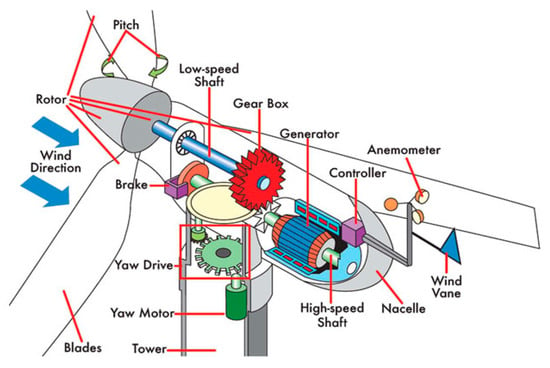
Look at the Wind Turbine Close Up
Wind Turbine Glossary
Here are the wind turbine glossary! You'll find definitions and explanations for many common terms related to wind energy on this page. You can use the search functions to find the term you're looking for. Use our glossary for a quick reference for wind turbine terminology.
For any wind turbine, the power and energy output increases dramatically as the wind speed increases. Therefore, the most cost-effective wind turbines are located in the windiest areas. Wind speed is affected by the local terrain and increases with height above the ground, so wind turbines are usually mounted on tall towers.

Application of Wind Energy
- Mechanical application: mainly (water pumping) multi-blade windmill used for water.
- Electricity generation: Wind turbines vary in size and type. They are commercially available for electricity generation.

Look at the Wind Turbine Close Up
Here are the wind turbine glossary! You'll find definitions and explanations for many common terms related to wind energy on this page. You can use the search functions to find the term you're looking for. Use our glossary for a quick reference for wind turbine terminology.
|
Glossary term |
Definition |
|
Anemometer |
Measures the wind speed and transmits wind speed data to the controller |
|
Blades |
Most turbines have either two or three blades. Wind blowing over the blades causes the blades to "lift" and rotate |
|
Controller |
The wind turbine controller starts up the machine at wind speeds of about 8 to 16 miles per hour (mph) and shuts off the machine at about 65 mph. Turbines cannot operate at wind speeds above about 65 mph because their generators could overheat |
|
Gear box |
Gears connect the low-speed shaft to the high-speed shaft and increase the rotational speeds from about 30 to 60 rotations per minute (rpm) to about 1200 to 1500 rpm, the rotational speed required by most generators to produce electricity. The gear box is a costly (and heavy) part of the wind turbine and engineers are exploring "direct-drive" generators that operate at lower rotational speeds and don't need gear boxes |
|
Generator |
Usually an off-the-shelf induction generator that produces 60-cycle AC electricity |
|
High-speed shaft |
Drives the generator |
|
Low-speed shaft |
The rotor turns the low-speed shaft at about 30 to 60 rotations per minute |
|
Nacelle |
The rotor attaches to the nacelle, which sits atop the tower and includes the gear box, low- and high-speed shafts, generator, controller, and brake. A cover protects the components inside the nacelle. Some nacelles are large enough for a technician to stand inside while working |
|
Pitch |
Blades are turned, or pitched, out of the wind to keep the rotor from turning in winds that are too high or too low to produce electricity |
|
Rotor |
The blades and the hub together are called the rotor |
|
Tower |
Towers are made from tubular steel (shown here) or steel lattice. Because wind speed increases with height, taller towers enable turbines to capture more energy and generate more electricity |
|
Wind direction |
This is an "upwind" turbine, so-called because it operates facing into the wind. Other turbines are designed to run "downwind", facing away from the wind |
|
Wind vane |
Measures wind direction and communicates with the yaw drive to orient the turbine properly with respect to the wind |
|
Yaw drive |
Upwind turbines face into the wind; the yaw drive is used to keep the rotor facing into them wind as the wind direction changes. Downwind turbines don't require a yaw drive, the wind blows the rotor downwind |
|
Yaw motor |
Powers the yaw drive |
Post a Comment:
You may also like:

Featured Articles
Horizontal Axis vs. Vertical Axis
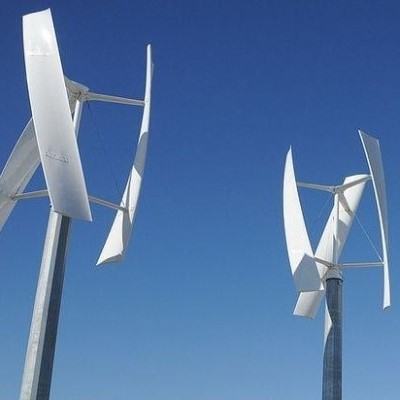 Wind turbines are machines that generate electricity from the kinetic energy of the wind. In history, they were more ...
Wind turbines are machines that generate electricity from the kinetic energy of the wind. In history, they were more ...
 Wind turbines are machines that generate electricity from the kinetic energy of the wind. In history, they were more ...
Wind turbines are machines that generate electricity from the kinetic energy of the wind. In history, they were more ...Horizontal Axis Wind Turbine Design
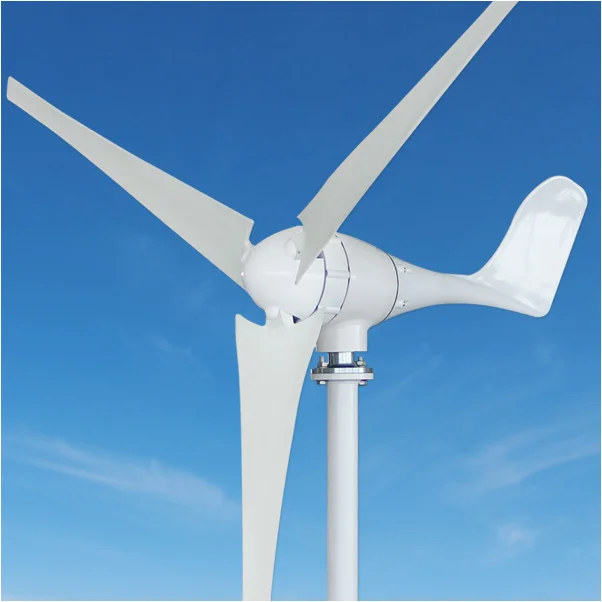 Today, the most common design of wind turbine is the horizontal axis wind turbine (HAWT). That is, the axis of rotation is ...
Today, the most common design of wind turbine is the horizontal axis wind turbine (HAWT). That is, the axis of rotation is ...
 Today, the most common design of wind turbine is the horizontal axis wind turbine (HAWT). That is, the axis of rotation is ...
Today, the most common design of wind turbine is the horizontal axis wind turbine (HAWT). That is, the axis of rotation is ...Overvoltage Protection for Wind ...
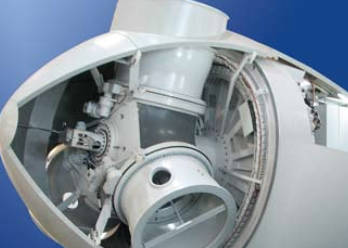 Due to their principle of operation, wind turbines have to be set up outdoors and are used in a wide range of ...
Due to their principle of operation, wind turbines have to be set up outdoors and are used in a wide range of ...
 Due to their principle of operation, wind turbines have to be set up outdoors and are used in a wide range of ...
Due to their principle of operation, wind turbines have to be set up outdoors and are used in a wide range of ...What is a Wind Turbine?
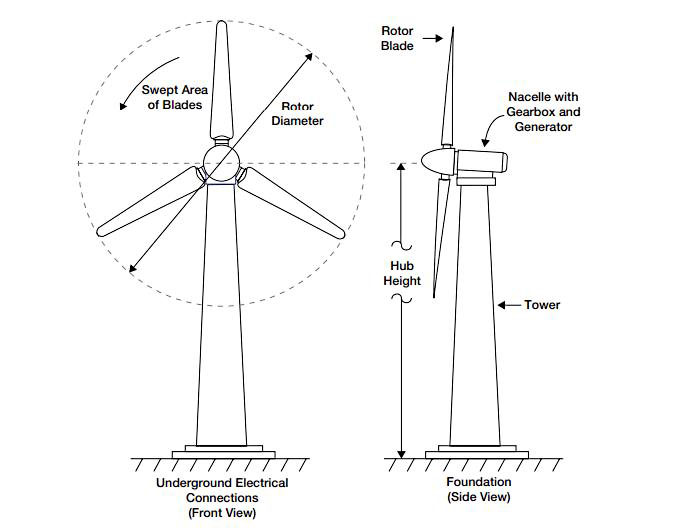 Wind turbines are devices that convert the kinetic energy from the wind into mechanical power, which can then be used to generate ...
Wind turbines are devices that convert the kinetic energy from the wind into mechanical power, which can then be used to generate ...
 Wind turbines are devices that convert the kinetic energy from the wind into mechanical power, which can then be used to generate ...
Wind turbines are devices that convert the kinetic energy from the wind into mechanical power, which can then be used to generate ...Household Wind Energy System Components
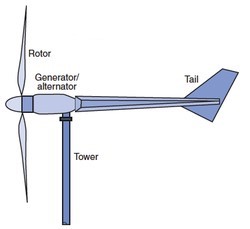 Basic parts of home wind energy systems generally comprise a rotor, a generator or alternator mounted on a frame, a tail ...
Basic parts of home wind energy systems generally comprise a rotor, a generator or alternator mounted on a frame, a tail ...
 Basic parts of home wind energy systems generally comprise a rotor, a generator or alternator mounted on a frame, a tail ...
Basic parts of home wind energy systems generally comprise a rotor, a generator or alternator mounted on a frame, a tail ...